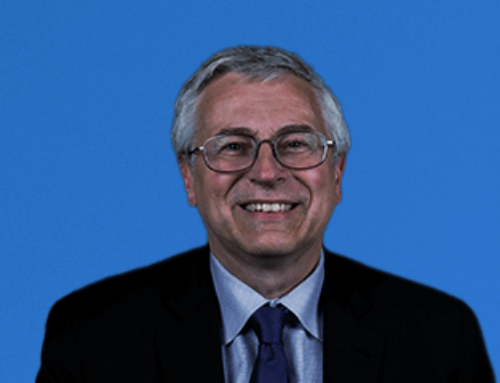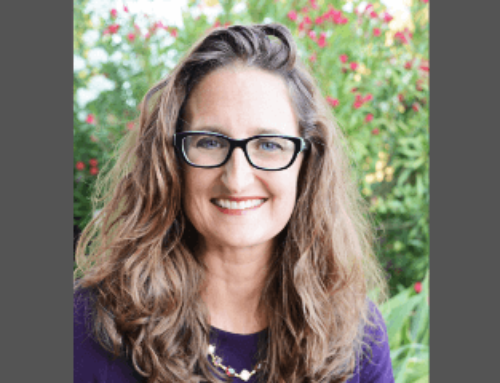The summer is drawing to a close with Labor Day in view and many schools back in session – and along with that all the traffic! The fall also brings the last chance for the “grandfathers and grandmothers” to sit for the American Board of Medical Specialties sleep medicine certification examination. I had the privilege to lecture at the second of three board review courses administered by the AASM in Denver a couple of weeks back. The room was packed as it will be for the next one scheduled for Reston, Va., in September.
Given this interest, we should have a record number of exam takers this year. What this translates to is that, by December, we will likely have the highest number of certified sleep specialists there has ever been. I think this is great for sleep medicine and shows the popularity of our field. However, where do we go from here?
After this year, for the most part and with a few exceptions, one can only sit for the exam after completing a sleep medicine fellowship. There are around 150 fellowship slots, so from this point forward, the only doctors taking the exam will be those completing a fellowship or those that have not passed in prior years. So how do we make the field continue to attract fellows, and how do we compete for the better residents?
We need to get interest early on in a physician’s education. Is high school too early? Maybe not – introducing curriculum about sleep in health or science classes may stimulate interest in some young minds. The AASM has some curriculum tools available to teachers at all levels from kindergarten though 12th grade at www.sleepeducation.com. Our members can certainly offer to give demonstrations and lecture about sleep at their local schools using these tools.
Can we generate interest at the undergraduate level? Dr. Dement started teaching undergraduates decades ago, and it is an extremely popular class at Stanford that has enticed many students to learn more about sleep and its disorders. Other schools have embraced this including Dartmouth and Johns Hopkins; in fact, we are developing a freshman seminar on sleep here at Emory. These courses are attractive to pre-med students and those who wish to pursue research. Again, it is planting the seed in young minds to have them start to think about medicine, and particularly sleep medicine, as a potential career path.
The AASM has long been trying to figure out how to help introduce sleep and sleep disorders into medical schools. Breaking into the curriculum in the first and second years is difficult, but offering mentorship for research, developing 4th year electives and working with the individual topics like respiratory physiology and neuroanatomy can help stimulate interest. Offering time in the sleep clinic during ambulatory electives is another way to allow medical students to get a “taste” for sleep medicine.
Unfortunately, very few residencies devote specific time to sleep medicine. The amount of exposure is usually directly proportional to the number of faculty in sleep medicine within that specialty. But often an elective of a 2 or 4 week curriculum developed for neurology residents is easily exportable to other specialties like internal medicine or psychiatry. The goal of these electives is to teach basic information relevant to the specialty about sleep medicine, and to generate interest in pursuing a sleep fellowship. Dynamic and enthusiastic teaching during these electives will attract more residents by word of mouth.
Another way to try and encourage improved knowledge about sleep medicine in individual residencies is to get more questions on their inservice and certification examinations. Working with the committees that develop these exams should be another potential goal for those of us in sleep medicine.
None of these pieces individually will make a huge difference, but chipping away little by little, imparting knowledge about sleep at all educational levels, will help raise interest. We will soon be at a high point in our field; the challenge will be trying to keep that momentum and to attract the best and brightest going forward. Every one of us can do something to help!
Nancy Collop, MD
President






